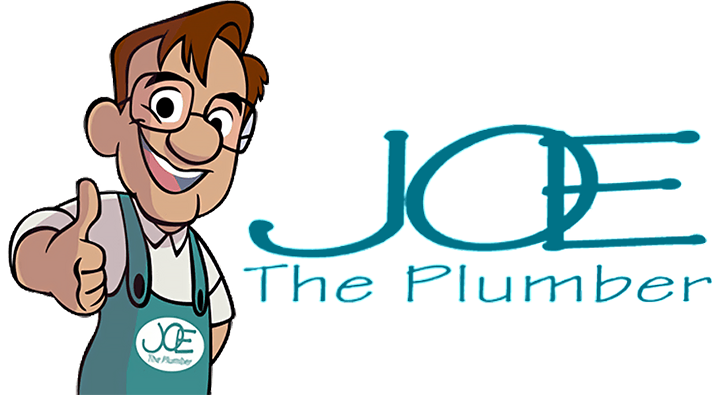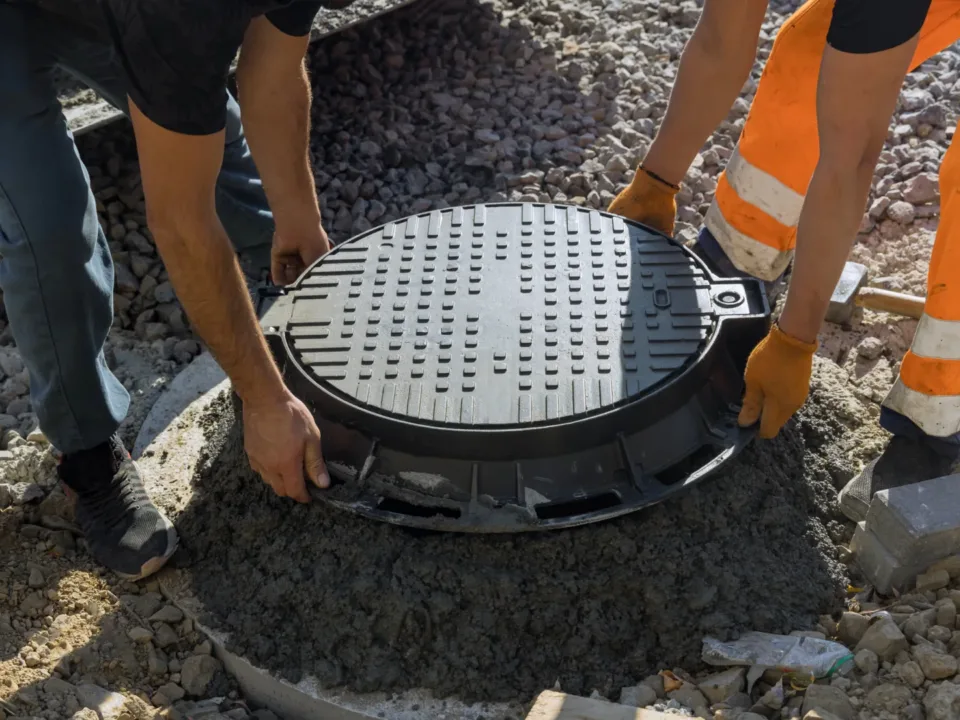Importance of Sewer Line Maintenance
Why Sewer Line Maintenance Matters
Are you wondering about the importance of maintaining your sewer lines? Let’s explore this crucial aspect with Joe the Plumber!
Understanding Sewer Lines
Firstly, it’s essential to know that sewer lines, also known as foul sewers or sanitary sewers, are underground systems transporting waste from homes and businesses to treatment plants. They are a vital component of the more extensive sewage system. Neglecting these lines can lead to environmental hazards, as untreated sewage may end up in nature instead of treatment facilities. Preventing such incidents starts with regular sewer line upkeep.
Critical Aspects of Sewer Maintenance
As sewer systems age, their efficiency decreases, making maintenance vital. Issues like inflow and infiltration are common in sanitary sewers. It’s crucial to keep these at minimal levels, which requires maintaining the structural integrity of the sewers and preventing incorrect connections. This is particularly challenging in older cities where joint sewers are common. Joe the Plumber in Cypress is your go-to professional for expert drain cleaning and maintenance services.
Dealing with Sewer Line Issues
Historically, fixing damaged sewer pipes was costly, involving excavation and street repairs. However, since the mid-1950s, innovative methods like cement lining and epoxy resin re-lining have been developed. These techniques create a new lining inside the existing pipe, sealing cracks. However, they might only suit some scenarios, especially where total pipe diameter or increased wastewater flow is needed.
Advanced Solutions for Aged or Damaged Sewer Lines
For replacing old or damaged pipes, pipe bursting is a modern solution. This method introduces a new, durable pipe, like ABS or PVC, into the old pipe, breaking it and replacing it seamlessly. This technique is especially effective for main sewer lines but can be more complex for lines with lateral connections.
Choose the Best in Houston for Your Plumbing Needs
To avoid emergencies, consult with Joe the Plumber for comprehensive sewer line inspections and proactive maintenance. Contact us today for a detailed evaluation and to ensure your sewer system remains in optimal condition.








